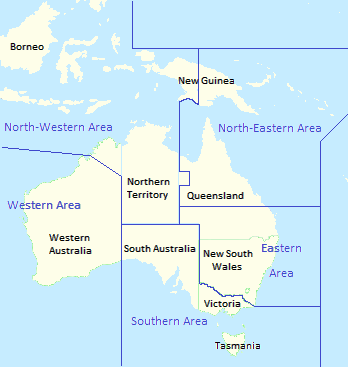Irakli Tsereteli
 Irakli Tsereteli.
Irakli Tsereteli.Irakli Tsereteli (1881–1959) was a Georgian politician and Menshevik during the Russian Revolution. He was born and raised in Georgia when it was part of the Russian Empire. A member of the Russian Social Democratic Labour Party, Tsereteli was elected to the Duma in 1907, but was soon charged with conspiracy to overthrow the Tsarist government and exiled to Siberia. After the 1917 February Revolution, he took a position in the Russian Provisional Government as Minister of Post and Telegraph, and briefly as Minister of the Interior. After the Bolsheviks seized power during the October Revolution, Tsereteli returned to Georgia. At the Paris Peace Conference he lobbied for international recognition and assistance for the newly independent Democratic Republic of Georgia; these efforts largely failed before the Bolshevik-led Red Army invaded in 1921. He spent the rest of his life in exile, working with socialist organisations and writing on socialism, and died in New York.











